Sustainble or energy efficient methods are still thought of as expensive or complex, but this really isn’t the case

Sustainability is a word that is often used in our industry but too often is over complicated. Despite the regulations and experts that have sprung-up to advise on the topic in the built environment, simple solutions that would quickly make projects more environmentally friendly are not being adopted.
According to the UK Green ����Ӱ�� Council around 10% of all UK carbon emissions are associated with the construction industry. So it is frustrating that the ‘low hanging carbon cutting fruit’ is so often ignored. Maybe it’s because ‘sustainable’, ‘recycled’ or ‘energy efficient’ methods are still thought of as expensive or complex, but this really isn’t the case.
Take the use of cement in concrete mixes. Cement production is extremely carbon intensive but it can easily be replaced in concrete with pulverised fly ash or ground blast furnace slag. Using these waste products of the power and steel industries also diverts them from going to landfill and avoids quarrying new cement. In addition to this double benefit, their embodied carbon can be 2% of that for cement. There are some limitations but why aren’t these used more often?
There is a misconception that this kind of concrete is more expensive when actually the opposite is true. Too few of us are suggesting its use, and clients are usually unaware of how many sustainable approaches can be adopted without an adverse effect on cost or programme. It is our job to educate them. Most are ready to embrace new methods when their environmental and non-environmental benefits are explained.
On a less positive note, it is concerning that many structural engineers and others in the industry fail to embrace these simple techniques that would make a big difference. Too often there is a failure to welcome alternatives. The industry tends to be terribly conservative, with designers and contractors wary of straying from the well-trodden path they’ve followed for years, and many aren’t as familiar with new approaches as they should be. This is not great and we need to take more responsibility.
Clients are usually unaware of how many sustainable approaches can be adopted without an adverse effect on cost or programme. It is our job to educate them.
Regulators and industry bodies need to play a better role too. Structural engineering is wrongly overlooked in key sustainability assessment methods such as BREEAM, where the impact of a building’s structure is almost entirely overlooked. Currently, more points are awarded for installing durable skirting boards on a building than for reusing the entire structure of an existing one. If this changed we might see more emphasis being placed on sustainable construction methods, similar to the focus we rightly see on long-term building performance.
One private residential project we’re working on has sustainable construction methods at its heart. This includes the use of concrete with cement replacements, lime mortar with reduced cement content to ensure bricks can eventually be recycled easily, and the use of timber wherever possible. There is also a commitment from the project team to use local suppliers and materials, and cut transport emissions by holding teleconferences. Wherever possible, the carbon footprint of all these methods is counted enabling their impact to be measured. The aim is for the project to be a benchmark in sustainable construction and the whole team is committed to this vision. What’s noteworthy is that almost all these methods can easily be adopted on just about any project without inflating costs or affecting the programme.
At Symmetrys we’re striving to lead by example on sustainability. All our standard specifications include low carbon approaches, and we have always seen a positive response to this in the marketplace. We are also using our involvement with STEM which includes visits to schools, to raise awareness of low carbon construction practices to fledgling engineers, laying the foundations to ensure they will be used on future projects.
With the construction industry being such a significant contributor to global emissions we must take sustainable construction methods and carbon cutting more seriously. Sometimes it’s the simple steps that can make a big difference.
Russell Thomas is associate director of London based structural engineering consultancy Symmetrys



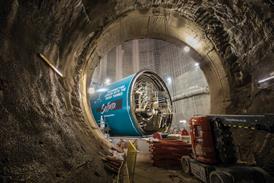







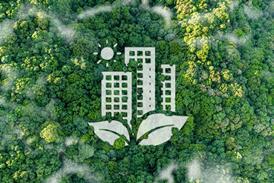
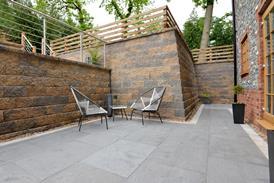


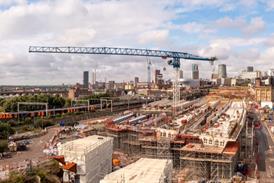
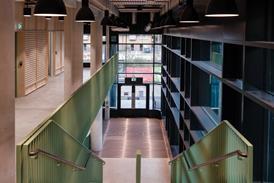










No comments yet